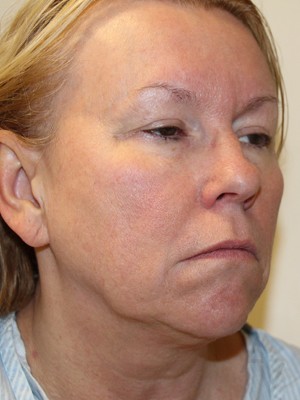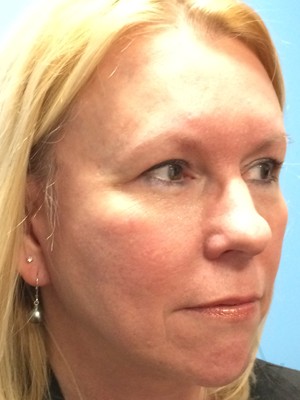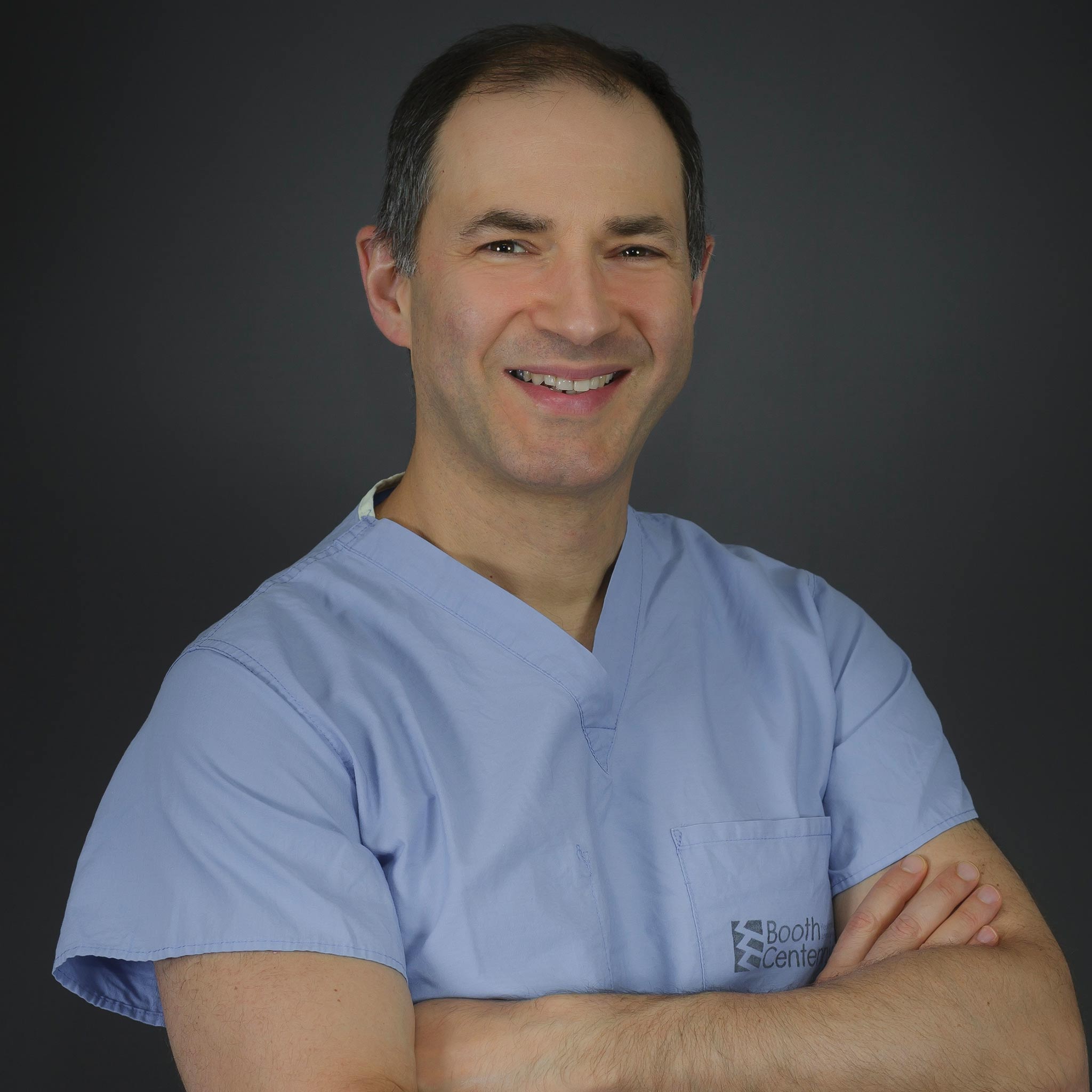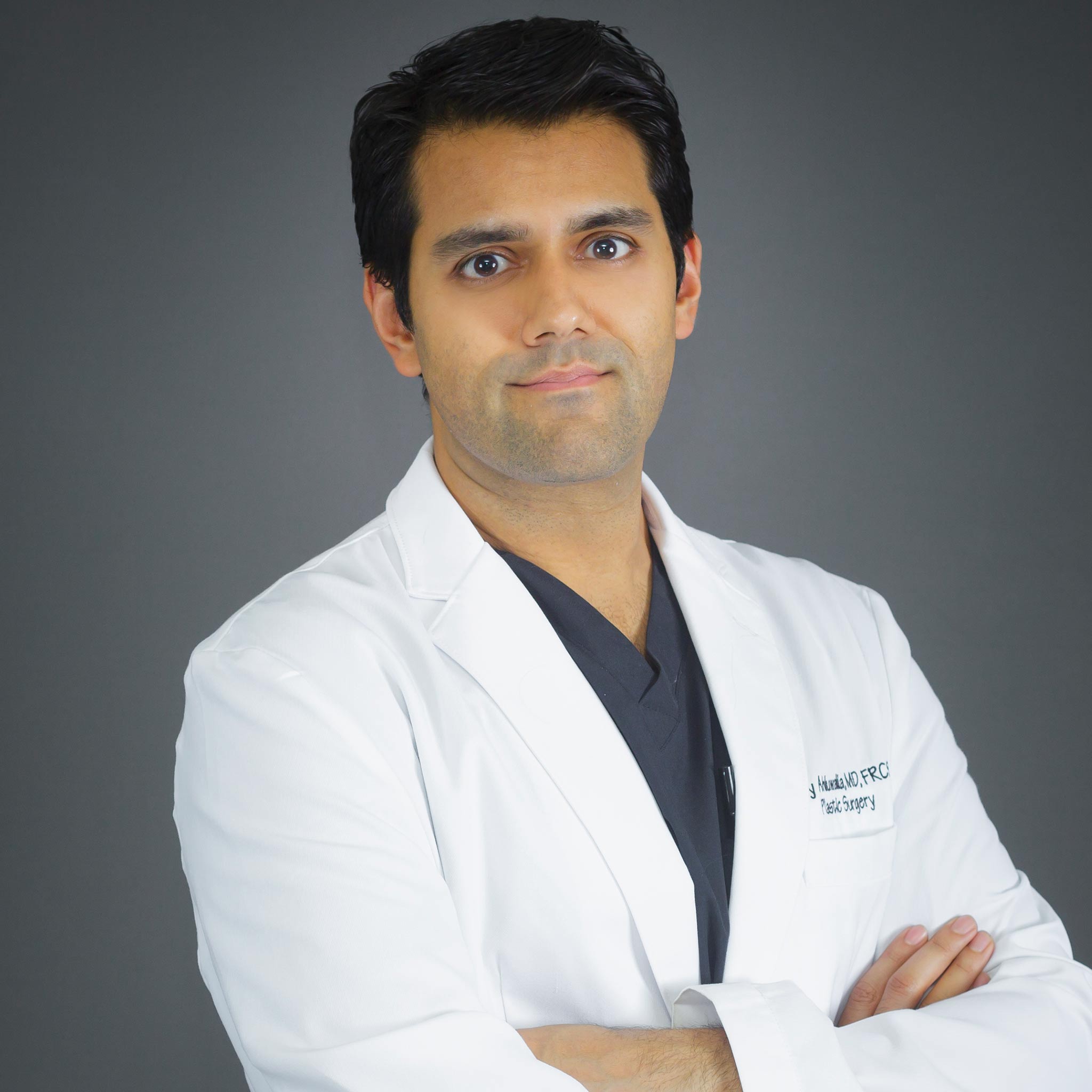Deciding if Facelift is Right for You
What are the steps of a facelift?
Facelift Techniques
Mini-Facelift
The mini-facelift (or short scar facelift) is a great option for those looking to address early signs of aging with minimal downtime. This procedure focuses on lifting and tightening the lower face and neck, improving issues like sagging jowls, loose skin, and deep jawline lines. Dr. Golger and Dr. Romy tailor the mini-facelift to each patient’s specific needs, achieving natural, youthful results with smaller, discreet incisions. While it targets more localized areas than a full facelift, the mini-facelift still provides significant rejuvenation, offering a refreshed appearance with a quicker recovery time.
Deep Plane Facelift
The deep plane facelift is a more advanced technique designed to address significant signs of aging by lifting the skin and the deeper layers of tissue and muscle for a more dramatic and long-lasting result. This procedure is ideal for individuals with more pronounced sagging, such as deep nasolabial folds, heavy jowls, and loose neck skin. Our surgeons expertly perform the deep plane facelift, repositioning the underlying facial muscles and tissues to restore a youthful, lifted contour.
By working at deeper levels, this technique allows for a smoother, more natural result that avoids the tight, pulled look some other facelifts may produce. The deep plane facelift is known for its ability to provide lasting, natural-looking rejuvenation, making it an excellent choice for patients seeking comprehensive facial renewal with minimal risk of visible scarring.
Non-Surgical Facelift
For those seeking facial rejuvenation without surgery, the non-surgical facelift offers a less invasive alternative with impressive results. By combining advanced techniques like BOTOX, dermal fillers, and thread lifts, this procedure lifts and tightens the skin, smooths wrinkles and restores lost volume with minimal recovery time. It’s ideal for individuals looking for a refreshed, youthful appearance without the commitment of surgery.
Dr. Golger and Dr. Romy customize the non-surgical facelift to meet each patient’s unique concerns, whether it’s restoring volume in the cheeks, tightening the jawline, or softening facial lines. While the results aren’t as permanent as those of a surgical facelift, this approach provides a quick, effective solution with fewer risks and little disruption to daily life.
Combining Facelift with Neck Lift
Combining these two procedures is very common and is requested by many of our patients. The surgeons rejuvenate both areas by combining face and neck lifts, providing a seamless, youthful appearance. As we age, the skin on the face and neck wrinkles and becomes lax, which is why combining them makes sense and often provides the most optimal results.
What Improvements Can a Facelift Make?
At Avenue Plastic Surgery in Toronto, we offer the highly sought-after facelift, a transformative procedure that delivers natural, youthful results. Whether you’re looking to address aging signs or refresh your appearance, Dr. Golger and Dr. Romy will work closely with you to understand your goals and provide personalized, subtle improvements that enhance your natural beauty.
We recommend facelift surgery for patients who desire a rejuvenated appearance, addressing common signs of aging such as:
- Deep facial wrinkles and folds: Smooth out stubborn lines and restore a youthful, refreshed look.
- Loose, sagging skin: Tighten and lift areas where skin has lost elasticity, creating a firmer, more sculpted contour.
- Heavy jowls: Reduce the appearance of jowls, restoring definition to the jawline for a more youthful profile.
- Loss of facial contour: This procedure re-establishes lost volume and definition, restoring a smoother, more youthful facial silhouette.
What are the Benefits of a Facelift?
The procedure is often done with a neck or brow lift. When you undergo a facelift in Toronto or Whitby, you can enjoy transformational improvements such as:
- Tightened lax muscles, which eliminates jowls and improves tone
- Removal of excess, loose skin, which smooths the jawline and neck
- Improved definition of facial features
- Elimination of excess fat for a slimmer contour
- Minimization of deep creases around the nose, mouth, and eyes
- Rejuvenation of facial features, providing an overall more youthful appearance
Am I a Good Candidate for a Facelift?
As we stated above, the surgery is an excellent option for both men and women who are bothered by the aged appearance of their faces. Individuals with sagging and loose facial skin and noticeable folds and creases on their faces can benefit from the operation. The surgery is an excellent option for people with:
- Sagging cheeks
- Loose skin around the jawline
- Noticeable folds around the neck
- Noticeable wrinkles around the mouth and nose
What’s the First Step?
The first step to getting a facelift in Toronto is to schedule a consultation with us. By either calling us or filling out a contact form, our compassionate team of experts will schedule a time for you to meet one-on-one with our surgeons.
When you come in for a consultation for facelift surgery, Dr. Golger or Dr. Romy will thoroughly analyze your face. As expert Toronto facelift plastic surgeons, they have a deep understanding of the anatomy of the face. This will also be the best time for you to let them know your aesthetic desires, ask questions, and get to know your surgeon.
If you’re happy with their insight and recommendations, surgery will be booked, and they’ll provide you with pre- and postoperative instructions. It’s vital that you follow these instructions very closely, as they are designed to reduce the risk and complications of your surgical procedure.
How Do I Prepare for My Facelift?
Proper preparation before your facelift surgery is key to ensuring a smooth procedure and a successful recovery. Here are some essential steps you should take leading up to your facelift at Avenue Plastic Surgery:
- Schedule your consultation: The first step is to schedule a consultation with Dr. Golger or Dr. Romy. During this meeting, your surgeon will assess your facial anatomy, discuss your aesthetic goals, and recommend the best facelift technique for you. Be ready to share your medical history, including past surgeries, allergies, and current medications, to help your surgeon customize the procedure and minimize risks.
- Arrange for post-surgical assistance: It’s a good idea to find someone to help you after surgery, including transportation home and assistance during your initial recovery.
- Stop/ temporarily avoid smoking and alcohol consumption: Quit smoking 2-4 weeks before surgery and avoid alcohol for two weeks. Smoking delays healing and increases complications, while alcohol can interfere with anesthesia and cause swelling.
- Prepare your recovery space: Set up a comfortable recovery area with pillows to elevate your head and easy access to essentials like food, water, and medications. Consider meal prepping and finding help with chores to focus on healing without additional stress.
- Discontinue certain medications and supplements: Your surgeon will advise which medications to stop before surgery, typically avoiding blood thinners like aspirin, ibuprofen, and certain supplements (e.g., vitamin E, ginkgo, fish oil) for at least two weeks. Please discuss any prescription medications with your surgeon for personalized advice.
- Prep your skin: Your surgeon may recommend skincare products, such as gentle cleansers or moisturizers, to optimize skin health before surgery. Discuss any conditions you have, such as acne or rosacea, for personalized advice.
- Plan for postoperative care: After your facelift, follow postoperative care instructions for proper healing, including care of the incision, management of swelling, and scheduling follow-ups. Also, make sure you have any prescriptions filled ahead of time, such as pain medications, antibiotics, or ointments, so you’re fully prepared after surgery.
By following these steps, you’ll be fully prepared for your facelift procedure, ensuring the best possible outcome. Dr. Golger and Dr. Romy will guide you through each phase of preparation, ensuring you feel comfortable and confident every step of the way.
How is a Facelift Performed?
During a traditional facelift, carefully placed incisions are made around the ears and into the hairline, where they are well-concealed in natural creases. This approach allows us to lift, tighten, and sculpt the deeper tissues of the lower face, resulting in a smoother, firmer, and more youthful appearance.
For a lower facelift, the incisions are strategically made behind the ears, helping to conceal any post-surgical marks and ensuring a more natural, seamless result. Excess fat along the lower face is carefully removed while the underlying muscles are tightened and repositioned. The skin is then lifted and tightened to restore a youthful contour to the face.
Our skilled plastic surgeons, Dr. Golger and Dr. Romy use local, intravenous, or general anesthesia, depending on each patient’s specific needs. While every surgery is tailored to the individual, most facelift procedures take approximately three to four hours.
Facelift Recovery
After your Toronto facelift surgery, you can expect to recover for approximately 1-2 weeks. The treated areas will be dressed to protect and promote healing. We’ll provide you with a prescription for medication to help manage any discomfort. Facelift patients typically stay overnight; ice packs can also be applied for comfort within that initial 24-hour period.
You should expect to see some swelling and bruising, which can appear dramatic but is quite expected and temporary. We recommend that patients have a couple of weeks set aside from regular work and activities to relax and recover comfortably at home. After this time, the majority of swelling and bruising will have resolved. You’ll see your plastic surgeon again within the first week of your recovery for a follow-up assessment.
Tips for Recovery
Recovering from a facelift is key to ensuring the best results, and following these tips will help you heal faster and more comfortably. While every patient’s recovery may vary, these general guidelines will help you manage your healing process after surgery.
- Relax: There’s a reason this is rule #1. Rest is crucial in the first few weeks after your facelift. Avoid strenuous activities, take about two weeks off work, and sleep with your head elevated to reduce swelling. Use pillows or a recliner to minimize fluid buildup and aid healing.
- Follow your postoperative instructions: To ensure a smooth recovery and avoid complications, follow your surgeon’s postoperative care instructions, including incision care, ointment application, and medications. Also, be sure to attend follow-up appointments to track your healing progress and address any concerns.
- Manage swelling and bruising: Swelling and bruising are normal after a facelift. Add cold compresses (ice packs) for the first 24 hours to reduce swelling and discomfort. Swelling peaks within two days and usually improves significantly by the second week. Avoid touching or rubbing your face during this time.
- Pain management: Some discomfort is normal after surgery and can be managed with prescribed pain medication. Most patients stop using it within 3 days. If you experience sharp or severe pain, contact your surgeon immediately.
- Be gentle with your face. Avoid touching or massaging incision areas. Cleanse gently with mild soap as advised by your surgeon, and wait until cleared to resume normal skin care. Refrain from makeup until your surgeon permits, usually 10-14 days post-op, to allow proper healing and reduce the risk of infection.
- Stay hydrated and eat healthy: Drink plenty of fluids and eat a balanced diet rich in vitamins and nutrients to support healing. Avoid alcohol and smoking, as they can slow recovery. Focus on foods high in vitamin C, protein, and zinc to aid tissue repair.
- Avoid sun exposure: To prevent pigmentation changes or scarring, protect your skin from the sun for the first few months after surgery. Once healed, use sunscreen or wear a broad-brimmed hat.
- Avoid strenuous exercise, Such as running, weightlifting, or aerobics, for at least 3-4 weeks after surgery. These activities can increase blood flow, cause swelling, or hinder healing. Light walking is usually fine after a couple of weeks, but be sure to discuss any exercise plans with your surgeon first.
- Stay positive and be patient: Keep in mind not to rush your recovery and that healing takes time. While you’ll notice improvements in the first few weeks, final results may take 3-6 months as your face fully settles into its rejuvenated shape.
- Watch for warning signs: Although rare, if you experience uncontrolled pain, excessive swelling or bleeding, fever, or unusual skin changes, contact your surgeon immediately.
Following these tips and staying in close contact with your surgeon can ensure a smooth and successful recovery from your facelift. With patience, care, and time, you’ll be able to enjoy your refreshed, youthful appearance and the lasting results of your facelift procedure.
How Much Does a Facelift Cost in Toronto?
A facelift is a highly personalized procedure. The cost of your Toronto facelift will vary based on the type of facelift performed and other factors. The average cost of a facelift at Avenue Plastic Surgery is around $17,500 – $22,000 + Overnight Fee. Financing options are available that can help make the payment process more manageable for our patients.
Schedule Your Consultation
Dr. Golger and Dr. Romy are widely regarded as offering the best facelifts in Toronto. During your consultation, our team will review the risks and address any questions or concerns you may have. At Avenue Plastic Surgery, we’re committed to delivering personalized care and natural-looking results for every patient. Contact our office in Toronto or Whitby today to schedule a consultation for your facelift.`
Dr. Golger and his team were terrific. I would highly recommend him. I’m so happy with my results. Thank you!
Individual results may vary




